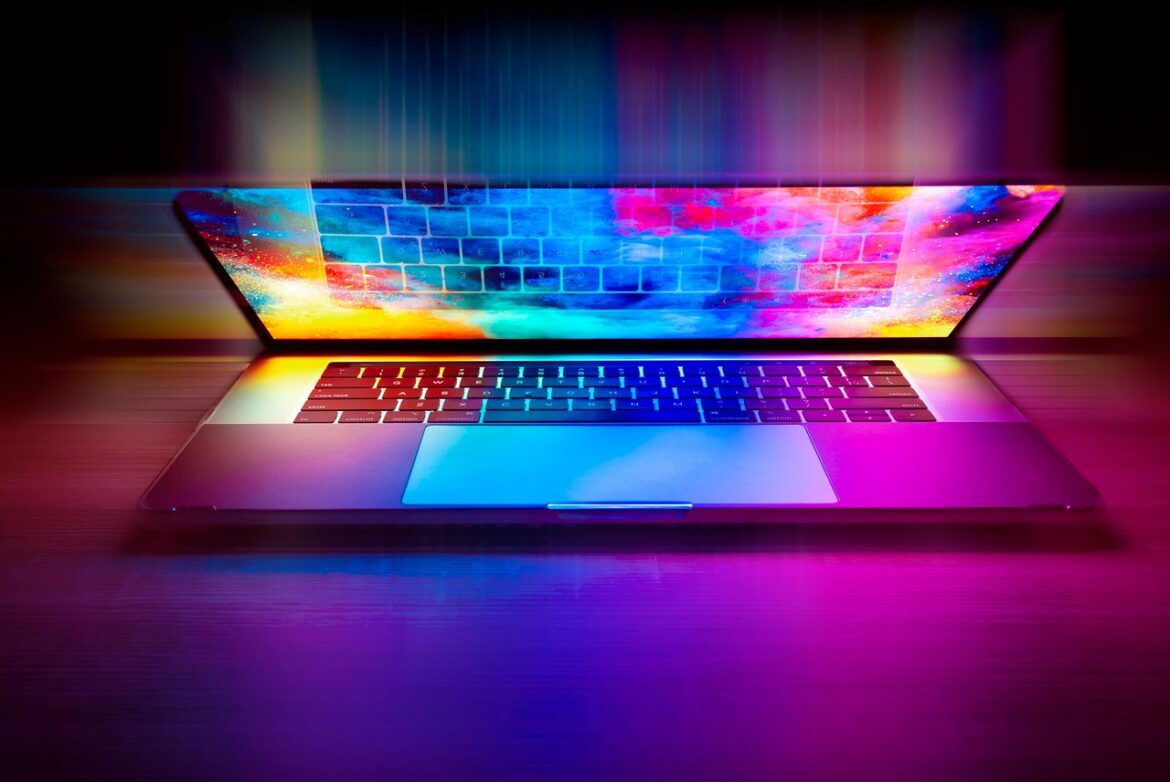The Infinite Workday: A New Reality
Imagine starting your workday before you even roll out of bed, your phone already buzzing with emails and notifications. Microsoft’s 2025 Work Trend Index reveals that this is not just imagination—it’s the modern reality for many workers. Dubbed the “infinite workday,” this nonstop cycle blurs boundaries between office and home, day and night. Employees are caught in a whirlwind of emails, back-to-back meetings, and constant digital interruptions that stretch work hours into weekends and late nights.
Microsoft’s research highlights a startling trend: 40% of people online by 6 a.m. are already scanning their inbox to set priorities, and on average, employees get 117 emails daily, most skimmed in under a minute. Meetings often consume prime productivity hours, forcing work to spill over into less energized times. Digital distractions hit every two minutes, fragmenting focus and leaving workers feeling overwhelmed and chaotic.
The Productivity Puzzle in Asia: Gen Z and AI to the Rescue
Across Asia, economies are growing but productivity is stalling—a puzzle that’s worrying businesses. The bright spot is the younger workforce, especially Gen Z workers, who are savvy with AI and digital tools. This generation embraces technology to streamline tasks and boost efficiency, offering a needed shot in the arm to slow-moving traditional work models.
Experts see these AI-fluent young workers as key players in reversing productivity woes. Their comfort with automation and emerging technologies helps accelerate workflows, freeing up time from routine tasks for creative, strategic efforts. This convergence of human skill and AI power points to a future where productivity gains are less about longer hours and more about smarter work.
AI’s Double-Edged Sword: Boosting Efficiency but Risking Overload
Artificial Intelligence is reshaping productivity globally with eye-popping stats: AI could lift global productivity by around 7%, and generative AI boosts skilled workers’ performance by nearly 40%. Business users have reported a 66% increase in task throughput with AI tools.
Yet AI adoption is not a silver bullet. Without careful balance, the time freed by automation risks being swallowed by additional demands, exacerbating the infinite workday rather than easing it. CEOs overwhelmingly see AI bringing immediate business benefits, but many fear missteps could cause lost confidence and missed ROI.
Embracing the “Frontier Firm” Mindset
Microsoft calls for a radical rethink: businesses should become “Frontier Firms,” AI-first organizations that strategically pair human workers with AI agents. This model aims to reclaim control over workdays, emphasizing impact over hours clocked.
Instead of succumbing to never-ending work cycles, companies adopting this mindset redesign workflows to prioritize meaningful tasks and reduce unnecessary meetings and fragmented attention. The Frontier Firm approach encourages intentional use of AI to support—not overwhelm—workers.
The Future: Strategic Tech Trends Driving Work Evolution
Beyond AI, strategic tech trends are set to transform workplaces further. These include:
- Agentic AI capable of autonomously handling routine decisions
- AI Governance Platforms to ethically and safely manage AI use
- Neurological Enhancements promising cognitive boosts for workers
- Spatial Computing blending virtual and physical workspaces
- Polyfunctional Robots offering multi-task capabilities
These innovations promise greater efficiency and human-machine collaboration, potentially reshaping productivity landscapes.
Practical Takeaways for Businesses and Workers
In this shifting environment, productivity is less about pushing longer hours and more about smart strategies and tech savvy:
- For Leaders: Embrace AI thoughtfully, redesign workflows to minimize overload, and empower workers with autonomy and meaningful tasks.
- For Workers: Develop digital fluency and proactively set boundaries to protect focus and work-life balance.
- For Teams: Rethink meeting schedules to align with peak productivity times and use AI tools to automate routine work.
Conclusion
The infinite workday is a symptom of our connected, fast-paced world but does not have to define it. By harnessing AI’s power wisely and adopting new work models like the Frontier Firm mindset, companies and employees can break free from burnout cycles, balancing productivity and well-being. The future of work is not just longer hours—it’s smarter, more intentional, and deeply human.
References:
- https://www.microsoft.com/en-us/worklab/work-trend-index/breaking-down-infinite-workday
- https://fortune.com/asia/2025/06/19/asia-business-worried-productivity-gen-z-workers-workday/
- https://www.shrm.org/enterprise-solutions/insights/other-tomorrowist-trends-news-june-19-2025
- https://thelettertwo.com/2025/06/17/microsoft-work-trend-index-2025-infinite-workday-frontier-firm-mindset/
- https://www.aboutchromebooks.com/ai-usage-statistics/
- https://www.kaliba.com.au/top-10-strategic-tech-trends-for-2025
- https://zendy.io/blog/what-is-synthesis-in-research-synthesis-vs-analysis-vs-summarising
- https://www.success.com/infinite-workday-microsoft-report/



